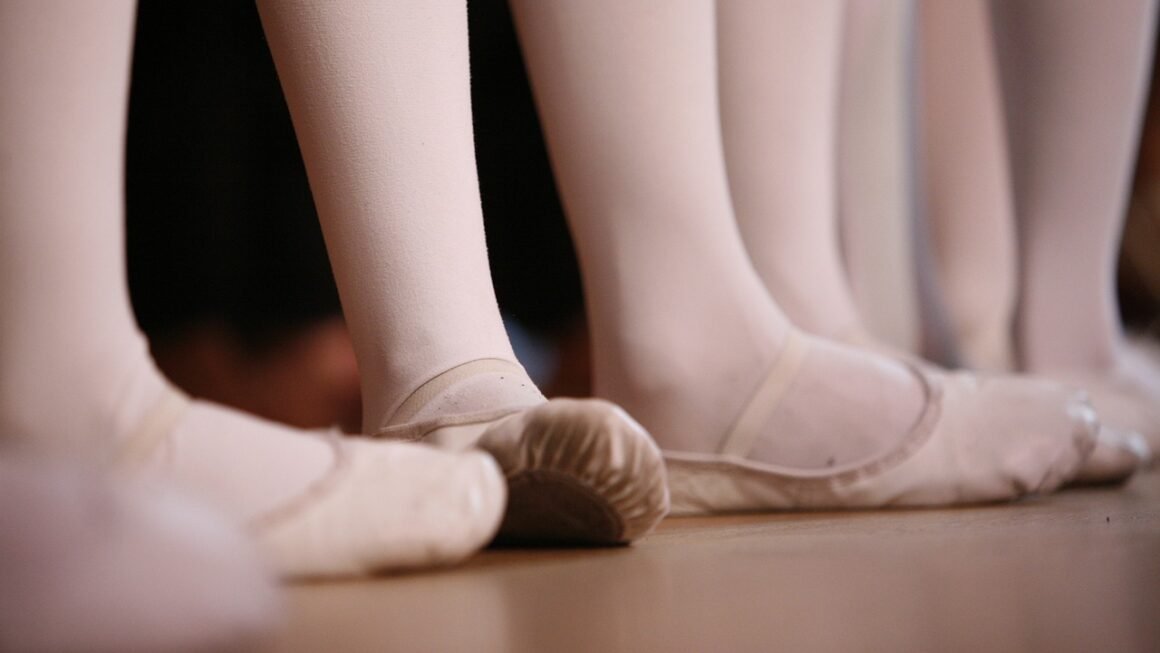From the roar of the crowd to the satisfying crack of willow on leather, cricket is more than just a game; it’s a global phenomenon steeped in tradition and brimming with thrilling moments. Whether you’re a seasoned enthusiast or a curious newcomer, this guide delves into the fascinating world of cricket, exploring its history, rules, formats, and the sheer passion it inspires. Get ready to uncover the intricacies of this beloved sport!
A Brief History of Cricket
Cricket’s origins can be traced back to 16th-century England, evolving from simple games played by children in the fields. From these humble beginnings, it blossomed into a structured sport, eventually becoming a symbol of national pride and then, a global obsession.
Early Development and Evolution
- Origins: Believed to have originated in the south-east of England.
- Early Rules: First codified rules were established in 1744.
- The Marylebone Cricket Club (MCC): Founded in 1787, the MCC became the custodian of the Laws of Cricket. This club continues to play a vital role in the sport’s governance.
- Expansion: Spread throughout the British Empire, gaining popularity in countries like Australia, India, Pakistan, and the West Indies.
The Rise of International Cricket
- First Test Match: Played between Australia and England in 1877, marking the beginning of international cricket.
- The Ashes: A legendary Test series between England and Australia, born from an obituary proclaiming the death of English cricket after an Australian victory in 1882.
- Growth of International Boards: The International Cricket Council (ICC) was established to govern international cricket and standardize rules.
- World Cups: The introduction of the Cricket World Cup in 1975 brought a new level of excitement and global participation.
Understanding the Laws of Cricket: Core Concepts
Cricket can seem complex to the uninitiated, but grasping the core principles makes it much more accessible. The laws cover everything from how a wicket is taken to the dimensions of the pitch.
Basic Gameplay and Objectives
- Objective: The aim is to score more runs than the opposing team.
- Teams: Two teams of 11 players each.
- Batting and Bowling: One team bats to score runs, while the other team bowls and fields to dismiss the batsmen.
- Wickets: The wicket consists of three stumps and two bails.
- Dismissals: A batsman can be dismissed in several ways, including being bowled, caught, leg before wicket (LBW), run out, or stumped.
- Innings: A team bats for an innings, which is completed when 10 batsmen are out (unless otherwise specified in the match format).
Key Terms and Definitions
- Run: The basic unit of scoring, earned by batsmen running between the wickets after hitting the ball.
- Over: Six consecutive balls bowled by a bowler.
- Maiden Over: An over in which no runs are scored.
- Wide: A ball bowled so far from the batsman that it is impossible to score from. A run is added to the batting team’s score.
- No-ball: A ball illegally delivered by the bowler. A run is added to the batting team’s score, and the next ball is a ‘free hit’ in certain formats.
- LBW (Leg Before Wicket): A dismissal where the ball would have hit the wicket but was intercepted by the batsman’s leg. Specific conditions must be met for an LBW decision.
- Fielding Positions: Slips, gully, point, cover, mid-wicket, mid-on, mid-off, third man – these are just a few common fielding positions.
How a Batsman Scores Runs
- Hitting the Ball: Striking the ball and running between the wickets to score runs.
- Boundaries: Hitting the ball to the boundary line. A four is awarded if the ball bounces before crossing the boundary, and a six is awarded if the ball clears the boundary without bouncing.
- Extras: Runs awarded to the batting team due to wides, no-balls, byes (when the ball passes the wicketkeeper without being touched by the bat), and leg byes (when the ball hits the batsman’s body and runs are taken).
Different Formats of Cricket
Cricket boasts a variety of formats, each offering a unique viewing experience. From the strategic endurance of Test matches to the explosive excitement of T20, there’s a format to suit every taste.
Test Cricket: The Ultimate Test of Skill and Endurance
- Duration: Typically lasts for five days.
- Innings: Each team has two innings.
- Strategic Depth: Test cricket requires immense patience, concentration, and tactical awareness.
- Example: The Ashes series between England and Australia is a prime example of the captivating nature of Test cricket.
- Key Skills: Focus, stamina, and the ability to adapt to changing conditions.
One Day Internationals (ODIs): A Balanced Contest
- Duration: Limited to 50 overs per innings.
- Format: A single innings per team.
- Pace: Requires a balance of aggressive batting and strategic bowling.
- Example: The Cricket World Cup is a major ODI tournament showcasing the best teams in the world.
- Key Skills: Versatility, adaptability, and the ability to perform under pressure.
Twenty20 (T20): Fast-Paced Entertainment
- Duration: Limited to 20 overs per innings.
- Format: A single innings per team.
- Excitement: Known for its aggressive batting, innovative shots, and high scoring rates.
- Example: The Indian Premier League (IPL) is a hugely popular T20 league attracting top players from around the globe.
- Key Skills: Power hitting, inventive bowling, and quick reflexes.
Other Formats
- The Hundred: A shorter format with 100 balls per innings, designed to attract new audiences.
- List A Cricket: A domestic format similar to ODIs.
Essential Cricket Gear and Equipment
Understanding the gear used in cricket helps appreciate the skill and protection involved. Each piece serves a crucial purpose.
Batting Equipment
- Cricket Bat: Made of willow wood, with a flat face for striking the ball. Sizes vary based on the player’s age and height.
- Batting Pads: Protect the batsman’s legs from impact.
- Batting Gloves: Provide grip and protect the hands.
- Helmet: Essential for head protection against fast bowling.
- Abdominal Guard (Box): Protects the groin area.
- Arm Guard: Protects the forearm.
Bowling and Wicket-Keeping Equipment
- Cricket Ball: A hard, leather-covered ball.
- Wicket-Keeping Gloves: Heavily padded gloves for catching the ball.
- Wicket-Keeping Pads: Provide leg protection.
- Leg Guards for Bowlers: Some fast bowlers wear leg guards for added protection during their follow-through.
Fielding Equipment
- While there is no specific fielding equipment, players often wear sunglasses to improve visibility and some may wear a fielding helmet when close to the batsman.
Famous Cricket Players and Their Achievements
Cricket history is filled with legendary figures whose performances have captivated audiences for generations.
Sir Donald Bradman (Australia)
- Achievements: Widely regarded as the greatest batsman of all time, with a Test batting average of 99.94.
- Impact: Bradman’s unparalleled consistency set a benchmark for future generations.
Sachin Tendulkar (India)
- Achievements: The highest run-scorer in both Test and ODI cricket.
- Impact: Tendulkar’s prolific run-scoring and longevity made him a national icon in India.
Shane Warne (Australia)
- Achievements: A legendary leg-spin bowler with over 700 Test wickets.
- Impact: Warne revived the art of leg-spin bowling and inspired countless cricketers.
Sir Vivian Richards (West Indies)
- Achievements: Known for his aggressive batting style and leadership.
- Impact: Richards dominated bowling attacks and led the West Indies to unprecedented success.
Other Notable Players
- Muttiah Muralitharan (Sri Lanka) – Highest wicket-taker in both Test and ODI cricket.
- Wasim Akram (Pakistan) – Renowned for his swing bowling.
- Jacques Kallis (South Africa) – One of the greatest all-rounders of all time.
Conclusion
Cricket, with its rich history, intricate rules, and diverse formats, offers something for everyone. From the strategic nuances of Test matches to the explosive excitement of T20, the sport continues to evolve and captivate audiences worldwide. By understanding the fundamentals, appreciating the skills involved, and celebrating the legendary players, you can unlock the full potential of cricket and join the global community of passionate fans. So, grab a bat (or just tune in!), and experience the thrill of the game!



